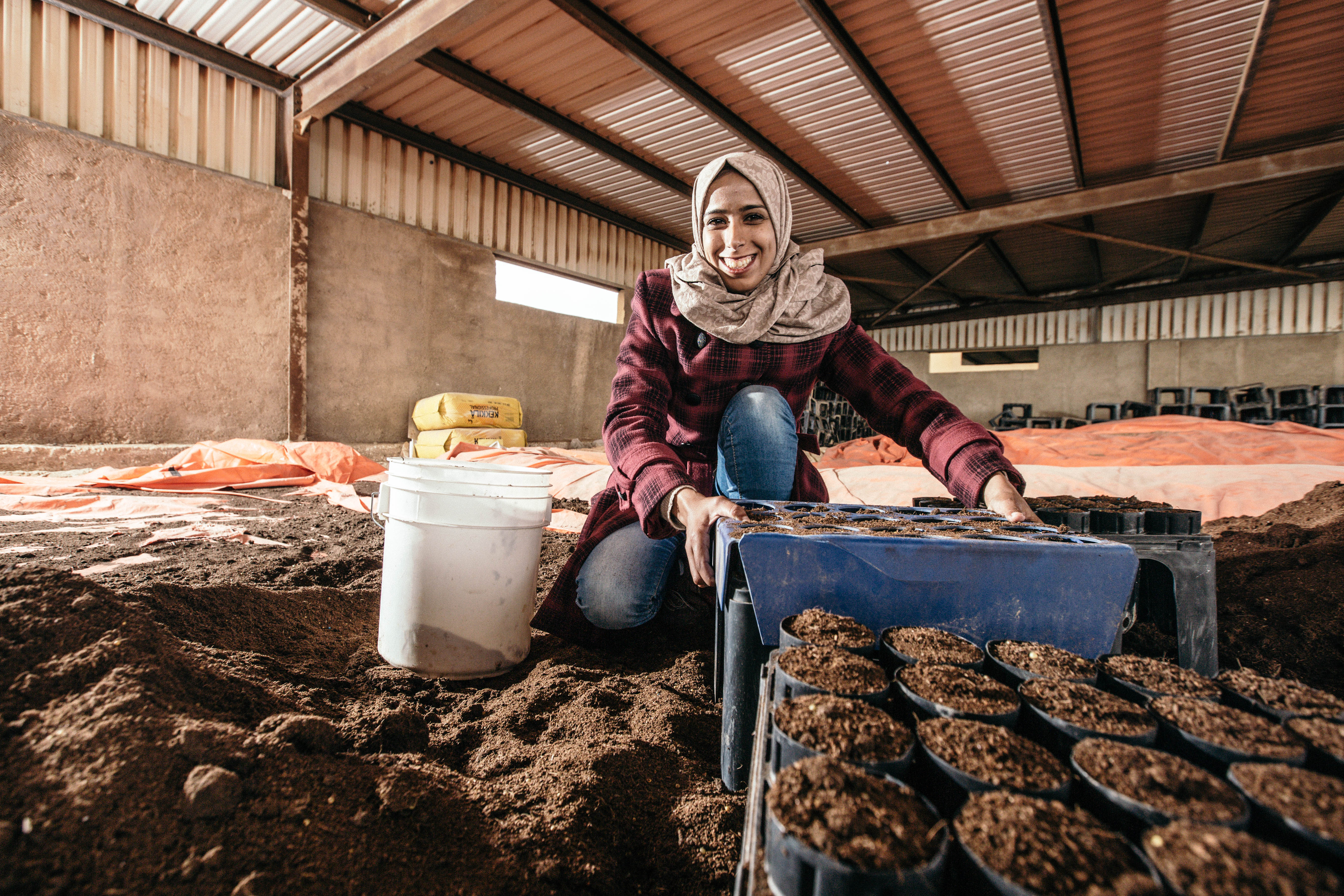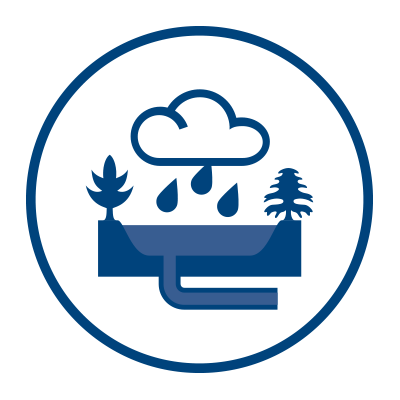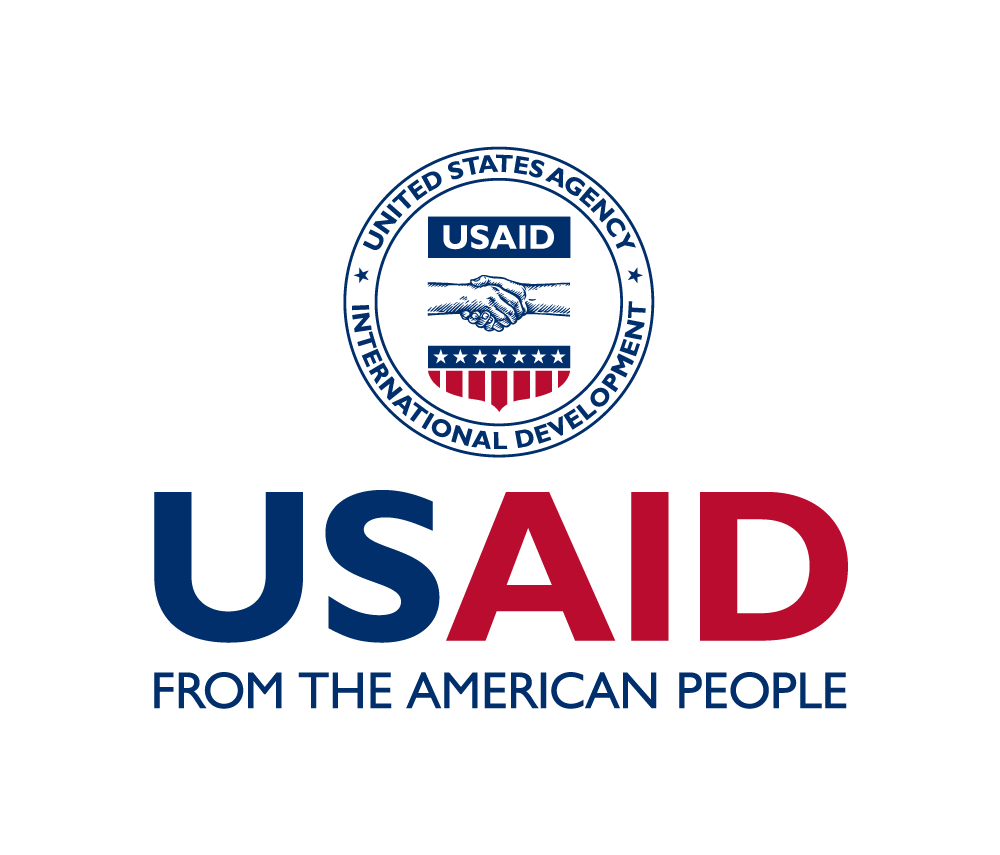Engaging Communities Through Landscape-Level Water Conservation in Jordan

The Story
By 2025, water demand in Jordan will exceed available resources by 26 percent. Shortages are due to rapid internal population growth, an influx of refugees, natural resource extraction, climate change, and excessive groundwater use that is twice the recharge rate. Renewable water supply currently only meets half of total water consumption in the Jordan. Although more than 90 percent of rainfall currently evaporates or runs off, and U.S. Department of Agriculture hydrologists and dryland ecosystem experts estimate that more than 50 percent more rainwater can be captured through landscape rehabilitation in Jordan.
To address this tenuous water security situation, the USAID-funded U.S. Forest Service Sustainable (USFS) Environment and Economic Development (SEED) project promoted landscape-scale water conservation in Jordan that enhanced the capture and storage of rainfall. SEED helped to establish community nurseries that increased community engagement in natural resource management, and introduced a holistic approach to water conservation and rangeland restoration that led to improved irrigation management.
SEED worked with the Government of Jordan and local organizations to produce high-quality seedlings to restore degraded landscapes by applying cutting-edge technologies in nursery management, and using native plants and restoration as a pathway to economic, educational, environmental, and water security. As a result, more than 850 hectares of Jordanian rangeland were restored while producing 350,000 native seedlings, training 165 people, engaging more than 600 Jordanians in awareness sessions, and creating 1,020 seasonal and 20 full-time jobs.
Women have played a vital role in SEED’s success. SEED prioritized building capacity and vocational training for nursery staff to advance female ownership in rehabilitation and restoration of local landscapes. Many of the nurseries employed women, and SEED’s prototype nursery in northern Jordan continues to be managed exclusively by local women.
Throughout the project, SEED focused on landscapes and communities to strengthen water sector governance and build capacity for national institutions. Building on the lessons learned and successes of SEED, project staff created an NGO in Jordan with initial funding from USFS and the U.S. Department of State that will not only establish soil and water conservation sites to serve as reference models for scaling watershed restoration techniques, but also continue sustainable operation of native seedling nurseries to foster water conservation and land stewardship in Jordan.
Find More
Strategic Objective(S)
 Water Resources Management
Water Resources Management
 Governance and Financing
Governance and Financing




Highlight